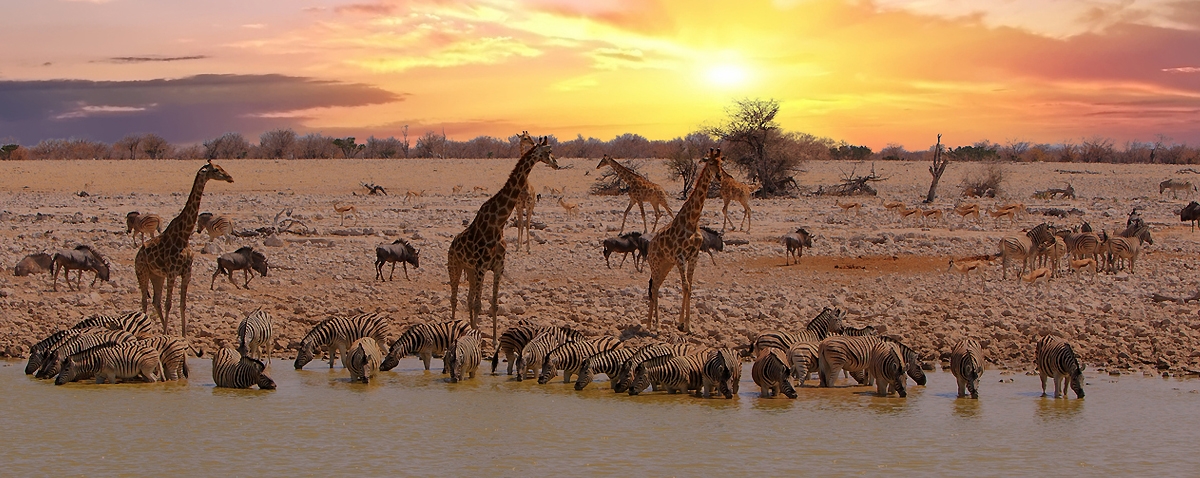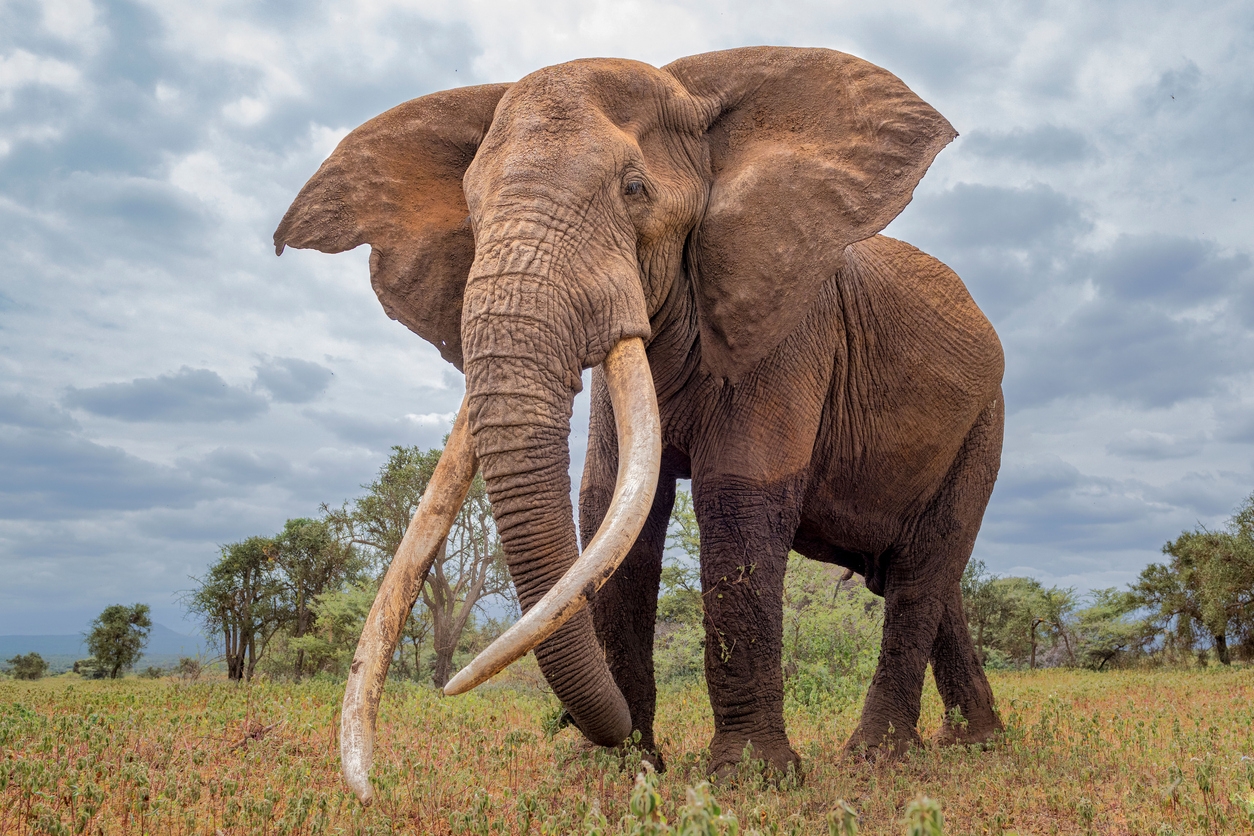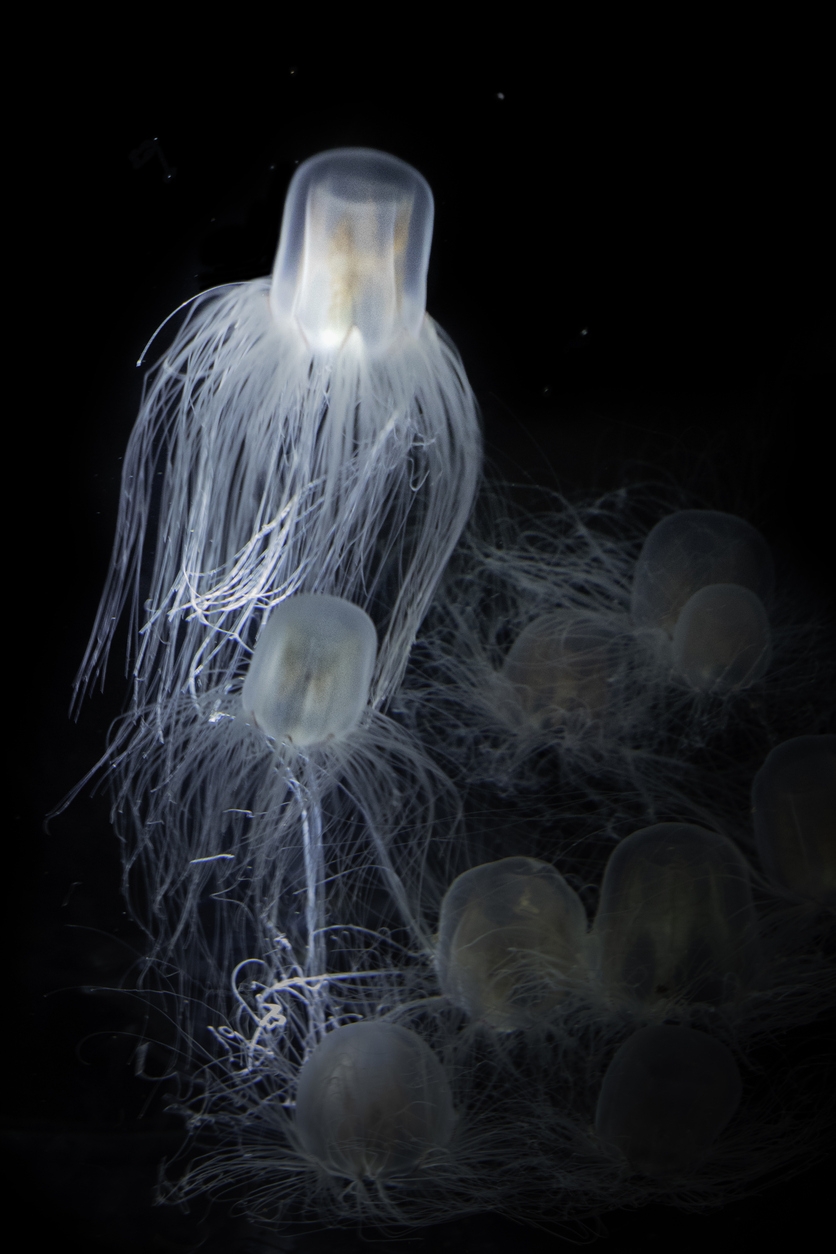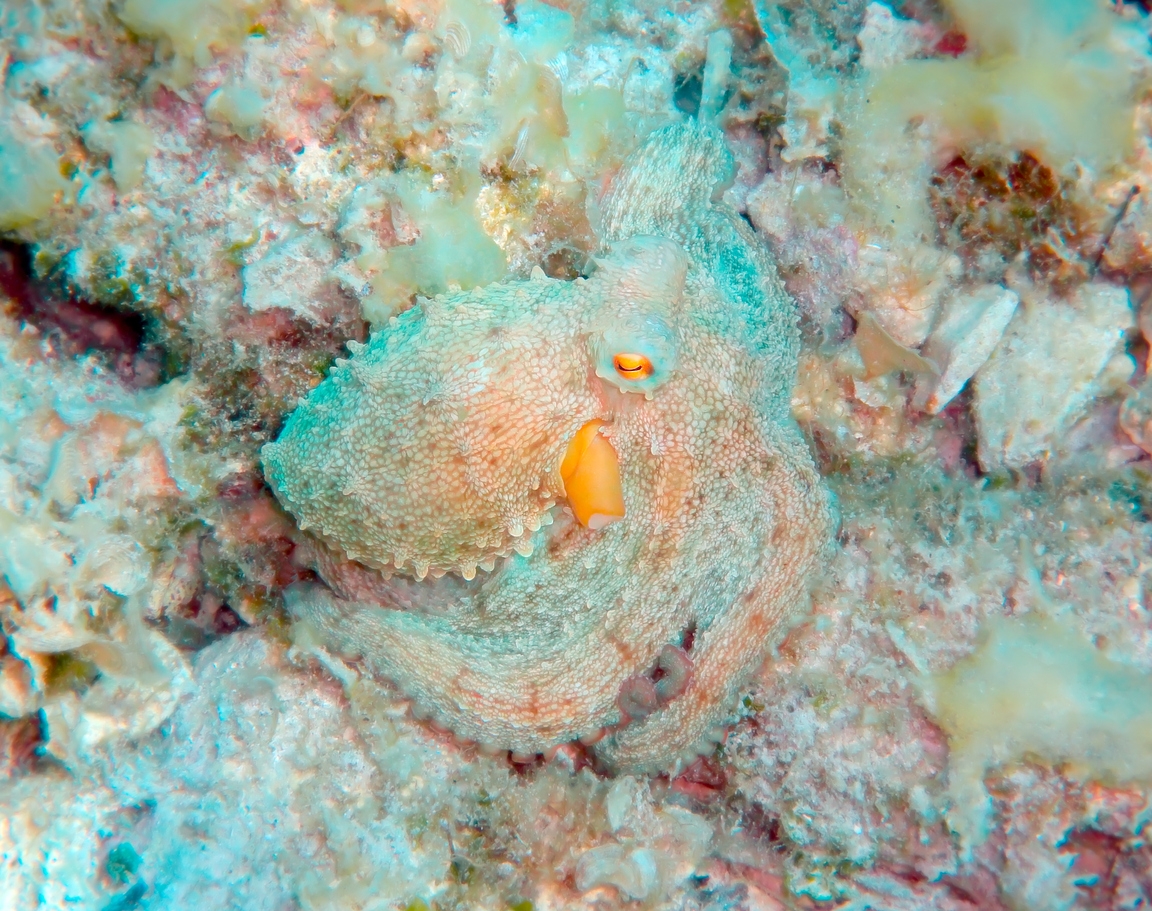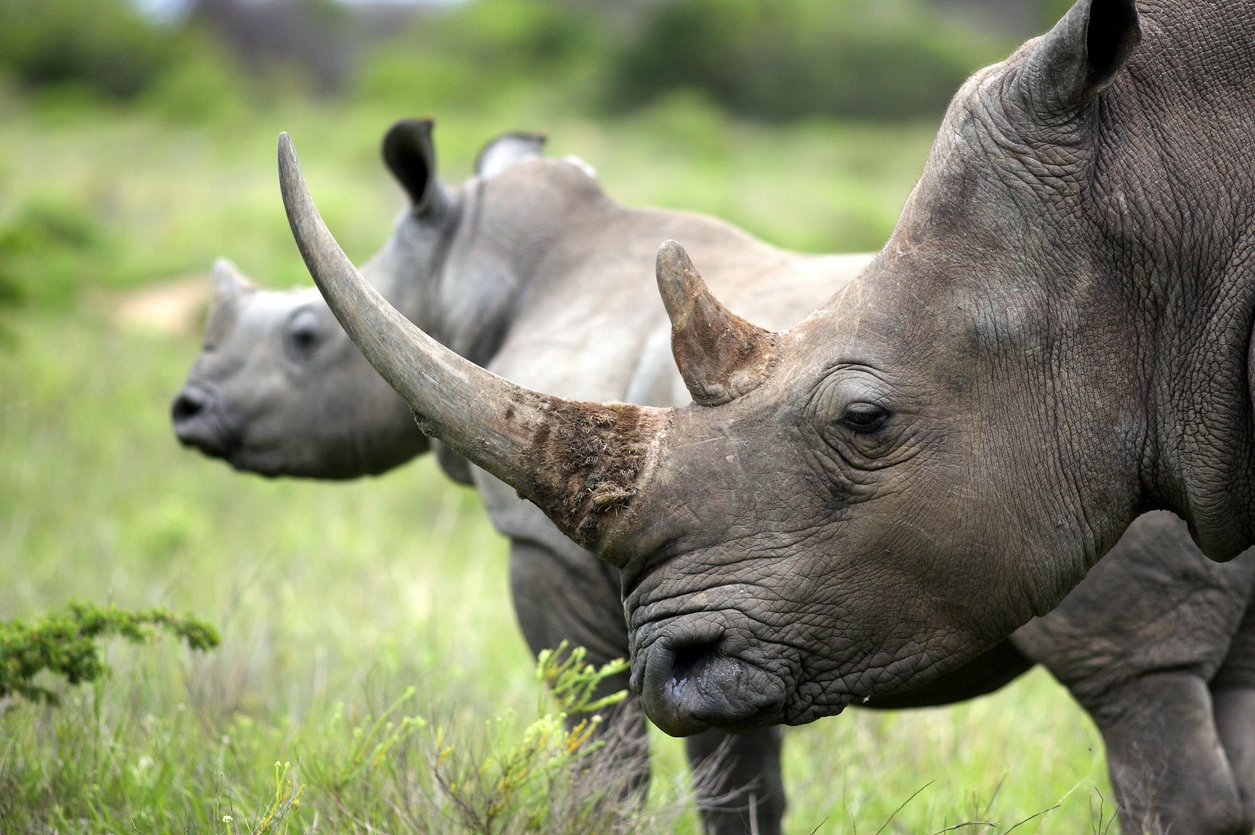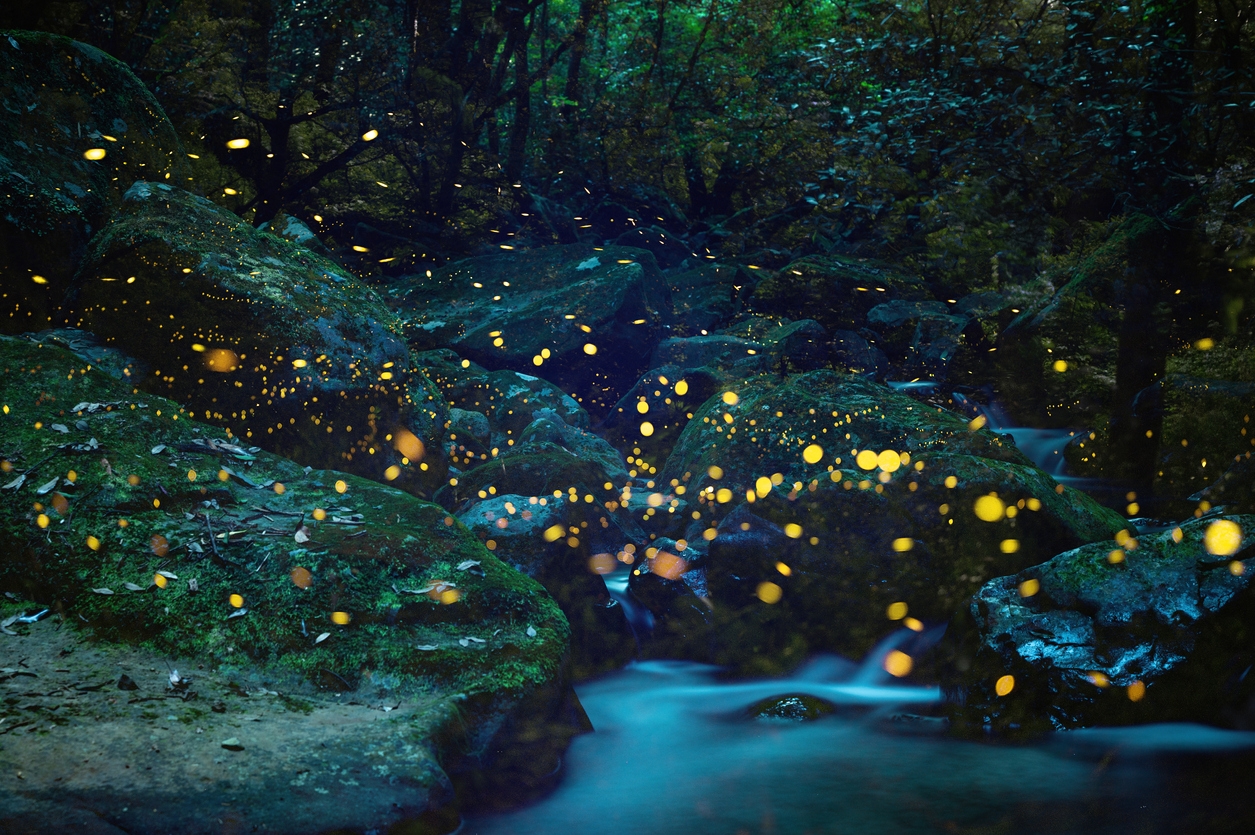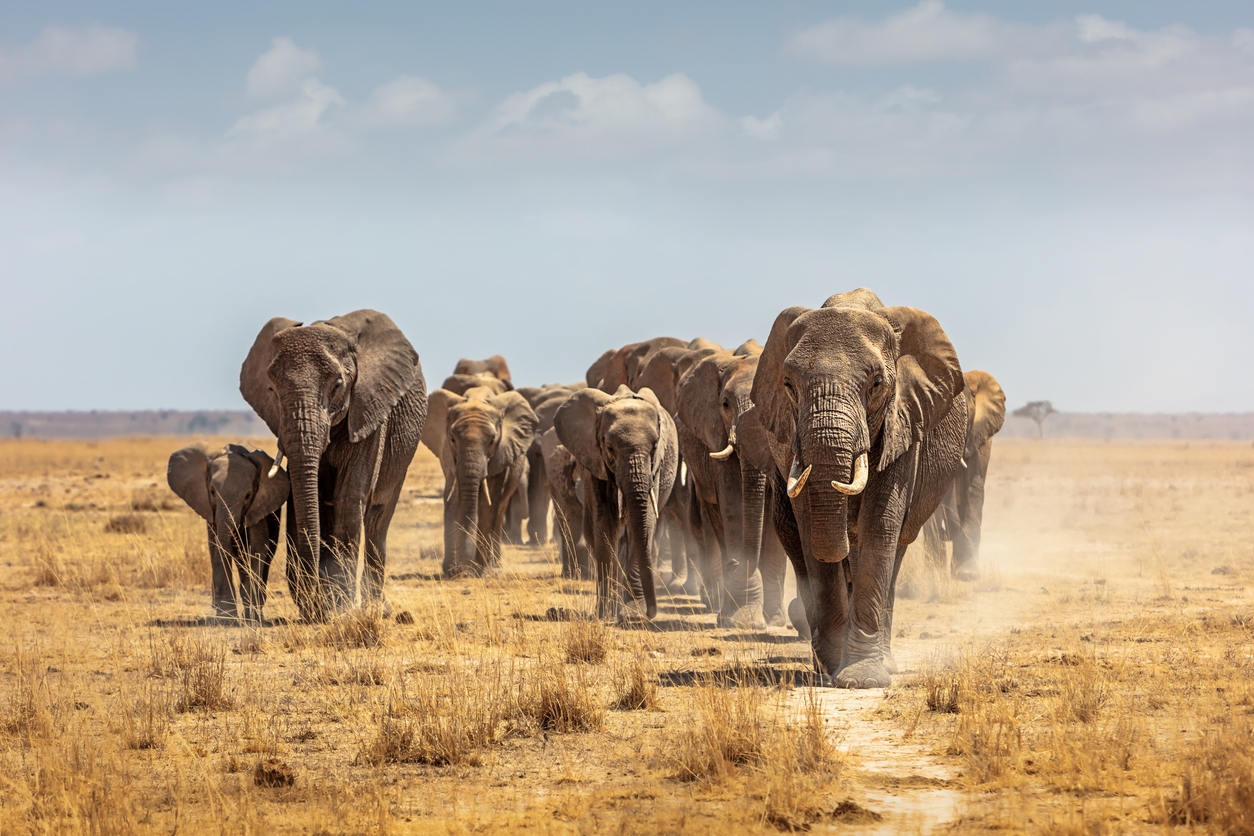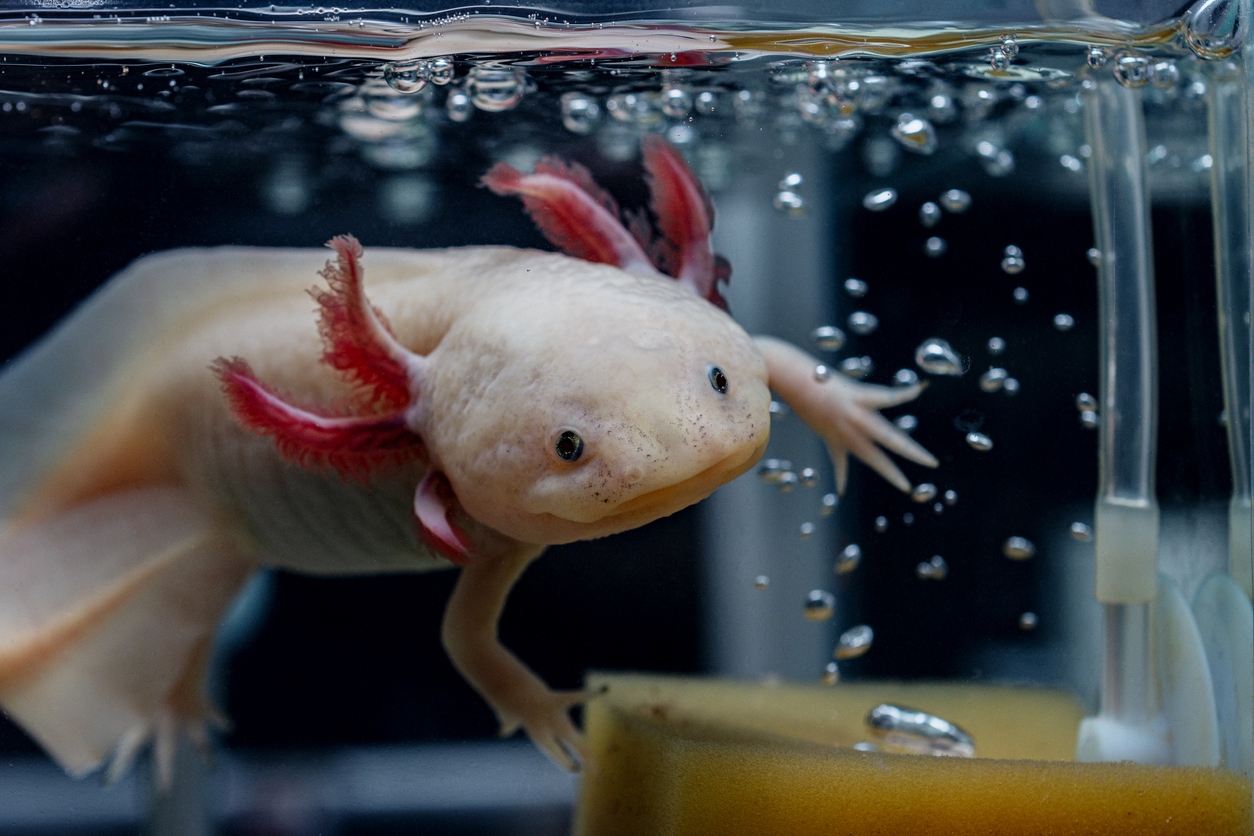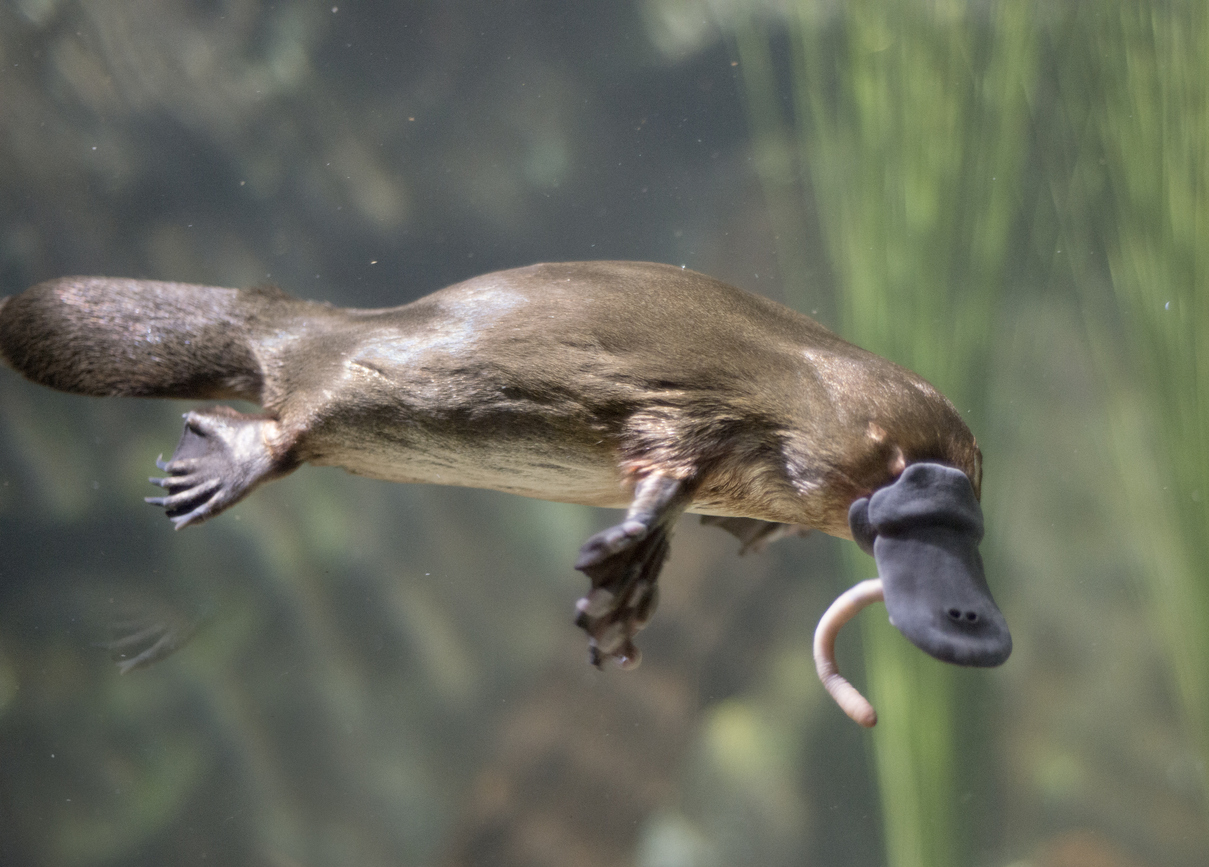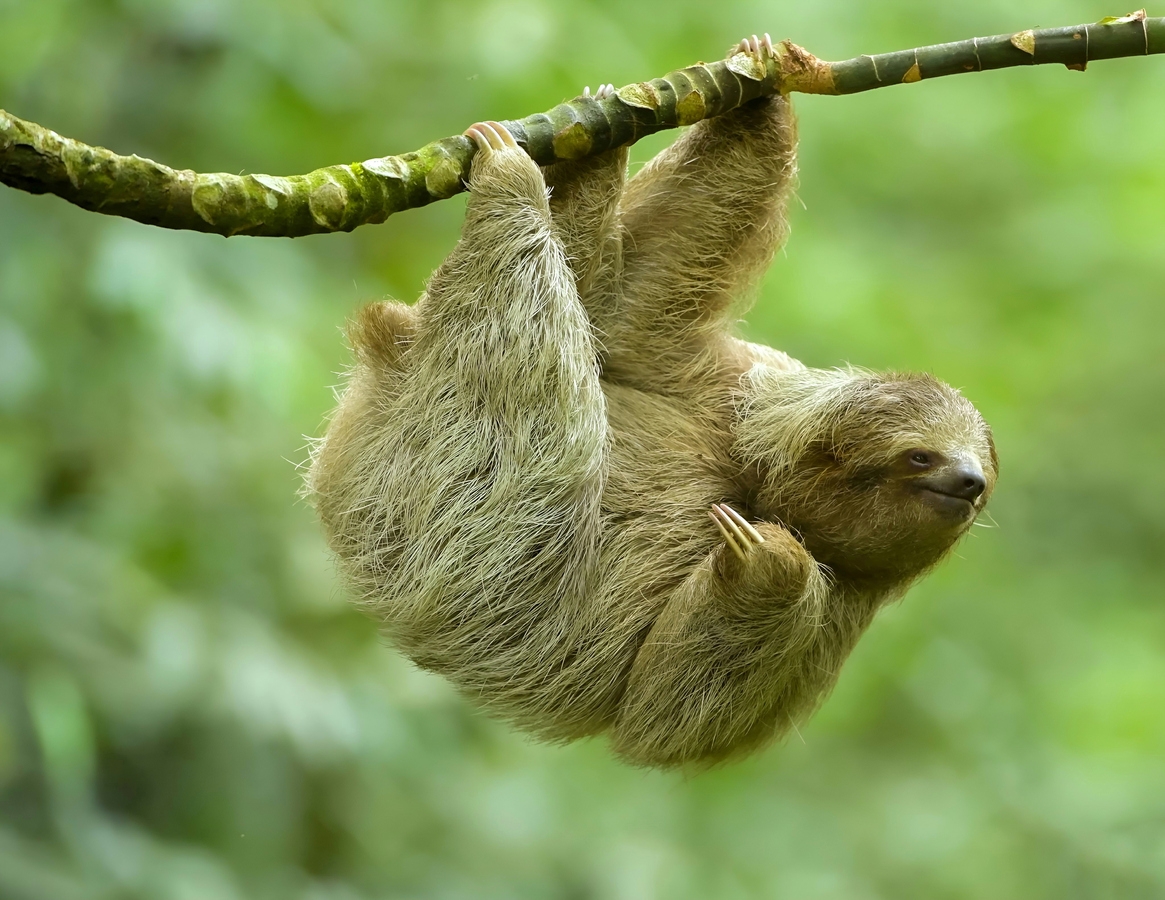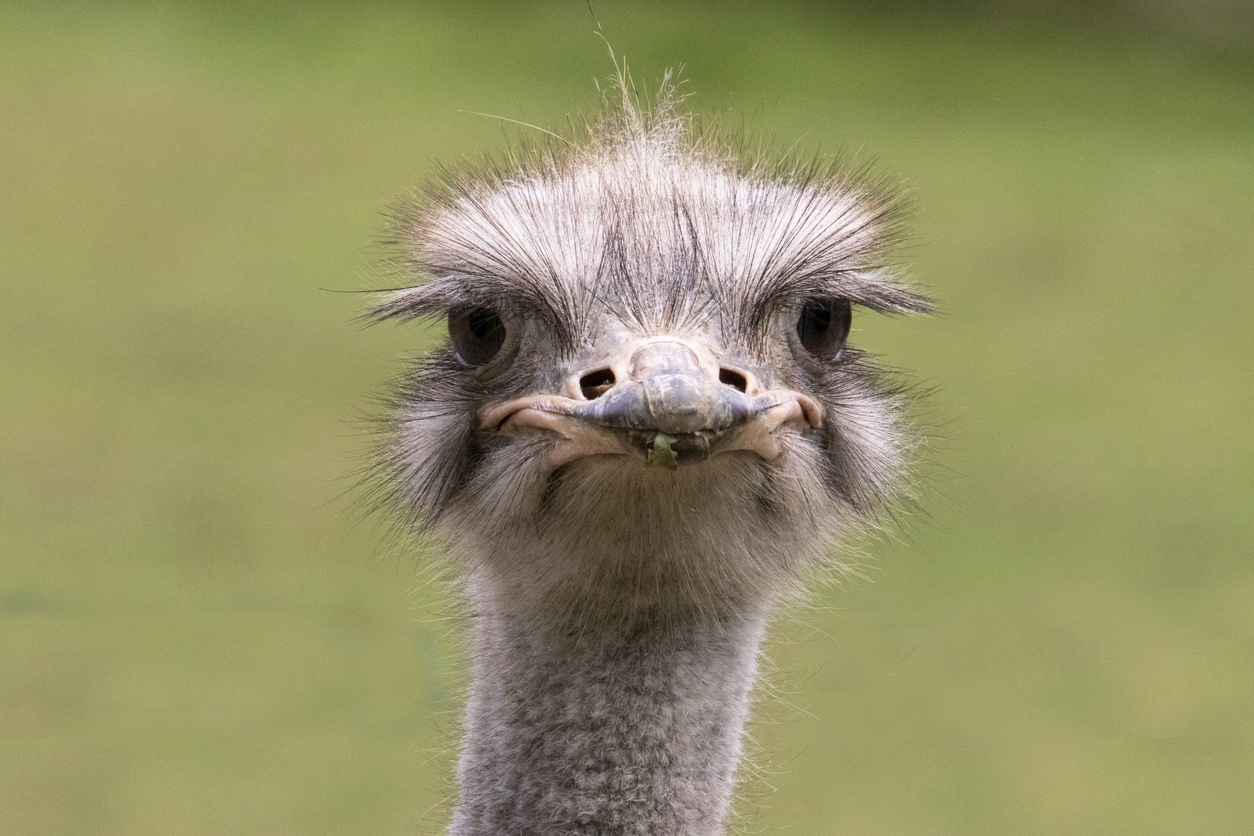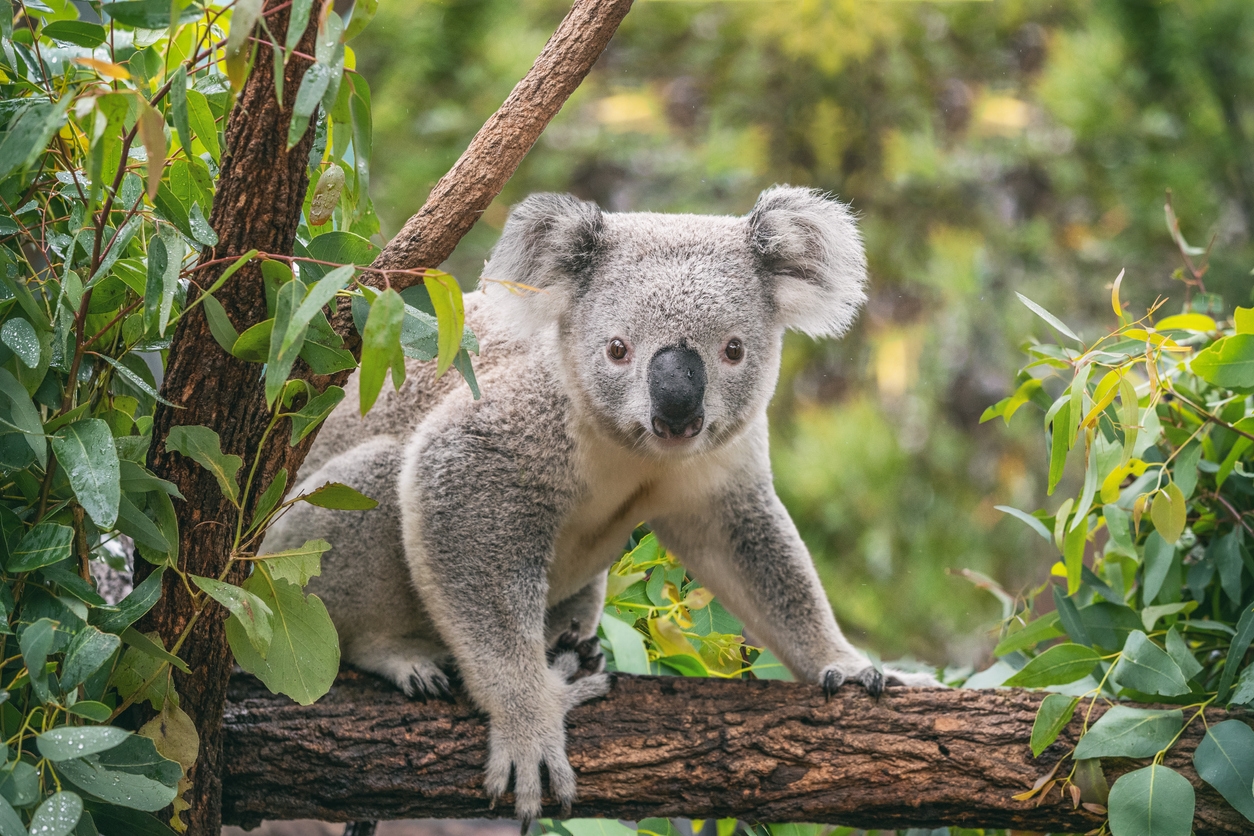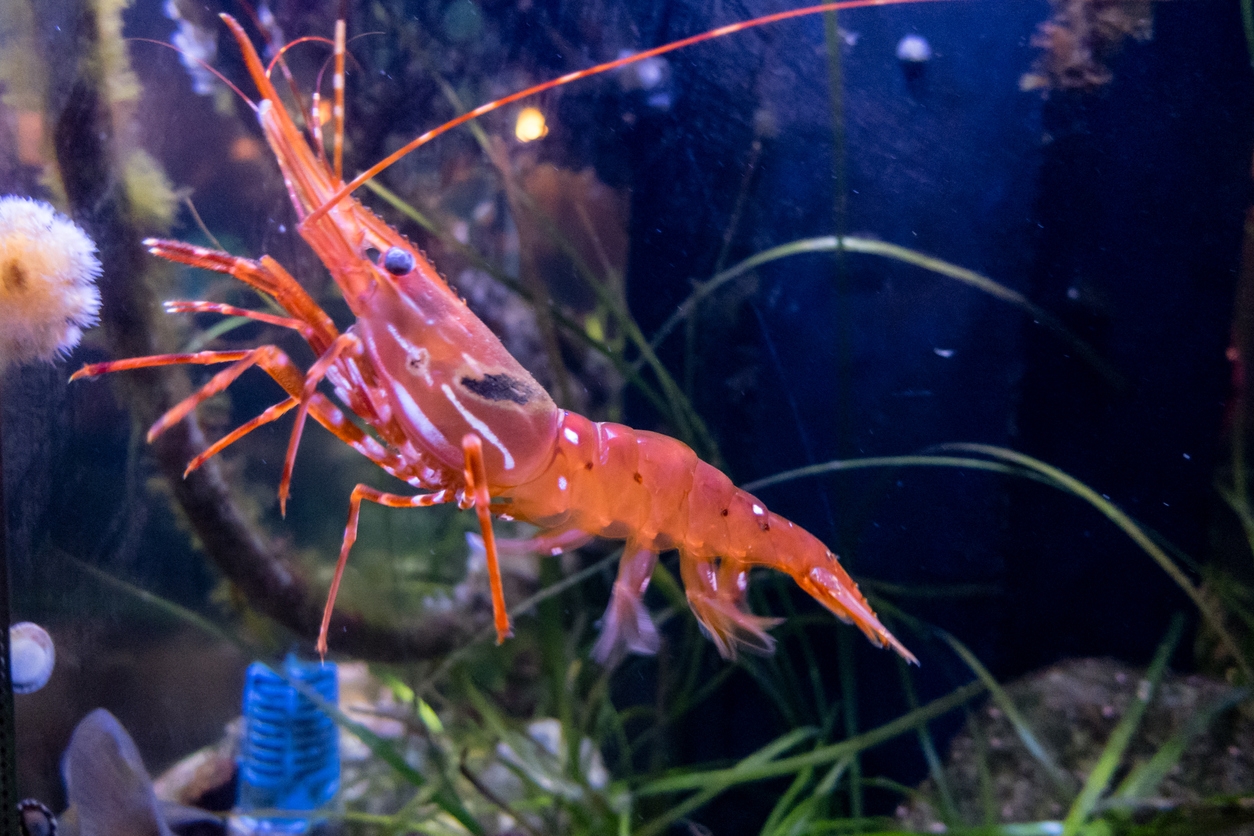The world we inhabit is an intricate tapestry woven by the existence of countless species. From the mighty elephants that roam vast savannas to the microscopic organisms that thrive in hidden corners, the diversity of wildlife is a testament to the extraordinary wonders of our planet. Understanding and conserving wildlife are not merely options but imperatives. These creatures, both great and small, play vital roles in maintaining the delicate balance of our ecosystems.
Join us today as we uncover some interesting facts about the wildlife. We delve into the awe-inspiring habitats, remarkable animal abilities, extraordinary behavior, and the unique species. But beyond the sheer marvel of these revelations lies a profound call to action: the urgency to safeguard the natural world and protect the extraordinary species that call it home.
1. Elephants are One of the Few Animals that Can’t Jump
Elephants, one of the largest animals on earth, possess many extraordinary attributes, but leaping through the air is not among them. [1] This captivating fact sets them apart from most other creatures on Earth. While these magnificent mammals are renowned for their immense size, intelligence, and their ability to amble across vast landscapes with grace, they remain firmly grounded.
The reason behind their inability to jump is largely attributed to their colossal bodies. Their muscular structure, particularly in their legs, is optimized for supporting their massive weight rather than propelling them into the air. This unique feature serves as a testament to the specialized adaptations that have allowed elephants to thrive in their natural habitats, where jumping would hold little advantage.
2. Immortal Jellyfish
Immortal jellyfish are truly fascinating creatures with a remarkable superpower—they are virtually immortal. [2] Unlike most animals, which have a defined lifespan, these have the extraordinary ability to revert back to their juvenile form after reaching maturity. This process, known as transdifferentiation, allows them to start their life cycle anew.
When faced with unfavorable conditions, like starvation or physical damage, immortal jellyfish can transform their cells into specialized cells called “youth cells.” These youth cells can then develop into a polyp, essentially restarting its life.
This incredible regenerative ability has led scientists to consider the species as potentially immortal in the sense that they don’t face the same aging process and death as many other creatures.
3. The Superb Camouflage of Octopuses
Octopuses are masters of disguise. They possess an astonishing ability to change both the color and texture of their skin, blending seamlessly with their surroundings. [3] This remarkable camouflage skill helps them avoid predators and sneak up on prey.
The secret behind their superlative camouflage lies in their specialized skin cells called chromatophores, which contain pigments. By contracting or expanding these cells, octopuses can instantly change the color and pattern of their skin. Additionally, they have papillae, tiny muscle-controlled protrusions, that allow them to mimic the texture of objects like coral or rocks.
They can even create complex illusions, like imitating the shape of other marine animals, further enhancing their camouflage. This camouflage ability makes octopuses some of the most elusive and visually impressive creatures in the ocean, showcasing the wonders of wildlife adaptation.
4. The Incredible Mimicry of Stick Insects
Stick insects, also known as phasmids, are masters of mimicry in the world of wildlife. Their astonishing ability to resemble twigs or branches makes them practically invisible. [4] They are a testament to the wonders of evolution and adaptation in the animal kingdom, showcasing how ingenious strategies can help creatures survive and thrive in their ecosystems.
These remarkable creatures have evolved to have elongated, stick-like bodies with a texture and color that closely matches the vegetation they inhabit. Some species even take their mimicry to the next level by swaying like leaves or twigs in the wind, further enhancing their disguise. Their camouflage helps them hide from predators, such as birds and lizards, while also making them effective ambush predators themselves.
5. Monarch Butterfly Migration
Monarch butterflies undertake one of the most astonishing migrations in the animal kingdom. Each year, millions of Monarchs start their journey south in search of warmer climates and food. These delicate insects travel thousands of miles, embarking on an incredible journey from Canada and the United States.
Their destination is a small region in central Mexico, where they gather in clusters on trees, covering the branches like vibrant, living ornaments. When autumn arrives, they come back. What’s truly remarkable is that the butterflies returning from this long migration are not the same individuals that began it. [5] Instead, it takes several generations of caterpillars transforming into butterflies before the full migration cycle is completed. Yet somehow, they follow the same migratory route year after year, guided by a combination of instinct and environmental cues.
6. The Secret of Rhino Horn
The majestic rhinoceros, known for its imposing horn, harbors a fascinating secret. Contrary to what many might think, a rhinoceros’s horn is not composed of bone or ivory. It is essentially a massive structure of keratinized skin cells. [6] Keratin is the same protein that forms human hair and nails.
Understanding the composition of rhino horns is crucial in efforts to protect these incredible creatures from illegal hunting and preserve the wildlife diversity on our planet. It’s a stark reminder of the urgent need for conservation to safeguard these remarkable animals.
7. The Phenomenon of Synchronized Fireflies
In certain parts of the world, such as Great Smoky Mountains National Park in the United States and Southeast Asia, you can witness a mesmerizing natural phenomenon known as “synchronized fireflies.” These remarkable insects, often a species called Photinus carolinus in North America, coordinate their flashing light patterns, creating a stunning display of natural synchrony.
The synchronized flashing is part of their mating ritual, where male fireflies emit specific light patterns to attract females. Remarkably, the females respond with their own flashes, inviting the male whose performance they like. [7] This unique display has captivated researchers and visitors alike, highlighting the incredible diversity and beauty of wildlife behavior.
8. The Complex Social Structures of Elephants
Elephants are renowned for their intelligence and complex social structures. [8] These majestic creatures live in tightly-knit family groups led by a matriarch, the oldest and most experienced female. These family units can consist of several generations, including her offspring and their offspring, forming a multi-generational bond.
Elephants exhibit profound empathy and cooperation within their groups. They communicate using a variety of vocalizations, infrasound, and body language, allowing them to convey emotions, warnings, and information effectively. These complex social bonds extend beyond their immediate families, as they often form larger communities known as clans. Within these clans, elephants recognize and greet each other individually, showing a strong sense of memory and connection.
9. The Axolotl’s Regeneration Abilities
The axolotl, a fascinating aquatic creature native to Mexico, possesses a remarkable superpower: the ability to regenerate. [9] Unlike most animals, when an axolotl loses a limb, it doesn’t scar over or heal through conventional means. Instead, it regrows the lost body part, including limbs, the spinal cord, and even parts of its heart and brain.
This exceptional regenerative capacity is primarily due to their incredible cellular abilities. Axolotls have a large number of pluripotent stem cells, which can develop into various cell types.
When an injury occurs, these cells activate and start the process of rebuilding the damaged area. Scientists have been studying axolotls in the hopes of unlocking the secrets to human tissue regeneration and regenerative medicine.
10. The Mysterious Platypus
The platypus, native to Australia, is a creature that baffled early European naturalists when they first encountered it. This fascinating mammal exhibits a unique combination of features that seem to be drawn from various animals. [10] It has the bill of a duck, webbed feet, and lays eggs, which are characteristics more commonly found in birds and reptiles.
One of the most intriguing facts about the platypus is its ability to detect electric fields generated by the muscle contractions and nerve firings of its prey underwater. It uses specialized electroreceptors in its bill, allowing it to hunt effectively even in murky waters. The blend of traits and its elusive nature make the platypus one of the most mysterious and captivating creatures in the animal kingdom.
11. Digestion in Sloths
Sloths, known for their slow and deliberate movements, have a digestive system that matches their leisurely pace. [11] They primarily consume leaves, which are notoriously difficult to digest due to their fibrous and tough nature. To tackle this challenge, sloths have evolved a unique digestive system. They have a multi-chambered stomach similar to cows, where specialized bacteria break down the complex cellulose in leaves. This fermentation process takes an incredibly long time.
To conserve energy, sloths have a low metabolic rate and move slowly to avoid attracting attention from predators. Their remarkable adaptation to a leafy diet and the leisurely pace at which they digest their food exemplify the fascinating diversity of wildlife survival strategies.
12. Tight-lippedness in Giraffes
Giraffes, known for their long necks and graceful appearance, have a unique trait that often goes unnoticed: their tight-lipped nature. These magnificent creatures are remarkably quiet, rarely making vocalizations. [12] This silent behavior can be attributed to the unique structure of their larynx, which is adapted for breathing and not designed for vocalizations.
Giraffes have adapted to rely more on non-verbal communication. They use body language, like postures and movements, to express themselves. They may sometimes produce humming sounds to communicate with the herd, but these vocalizations are infrequent and not well-documented. Instead, giraffes mostly communicate through physical gestures and behaviors, adding to the intriguing and lesser-known aspects of wildlife behavior.
13. Ostrich Eye vs. Brain
Ostriches, those giant, flightless birds native to Africa, are known for their unique physical characteristics. One particularly astonishing fact about ostriches is that their eyes are actually larger than their brains. [13] While this might sound surprising, it’s a testament to the specialized adaptations of these birds.
The reason behind this intriguing anatomical feature lies in their evolutionary history. Ostriches are descendants of ancient birds that once had the ability to fly. Over millions of years, as they adapted to a ground-dwelling lifestyle, the importance of flying diminished, leading to a reduction in brain size. Meanwhile, their large eyes became essential for detecting distant threats in the open savannah, contributing to their survival.
14. Koala Vs Human Fingerprints
Koalas, those adorable marsupials native to Australia, possess a unique and intriguing characteristic – their fingerprints. What’s even more astonishing is that these fingerprints are strikingly similar to those of humans. The ridges, loops, and whorls on koala fingerprints are remarkably indistinguishable from our own, which has led to some bizarre incidents of confusion at crime scenes. [14]
Although koalas aren’t typically involved in criminal activities, their fingerprints have occasionally been found at crime scenes, leaving investigators scratching their heads. These incidents serve as a testament to the uncanny resemblance between koala and human fingerprints.
15. Heart of a Shrimp
The tiny shrimp might not seem impressive at first glance, but their physiology holds a fascinating secret – they have a heart located in their head! Known as the “cardiac stomach,” this unique structure can be found just behind their eyes. [15]
The cardiac stomach pumps blood throughout the shrimp’s body, providing essential oxygen and nutrients. It’s an integral part of their circulatory system, ensuring their survival. While this might seem unusual, it’s a remarkable example of nature’s adaptability.
Conclusion
In the vast tapestry of our planet’s ecosystems, these astonishing facts about wildlife are but a glimpse into the wonders that nature has to offer. From the majestic elephants, unable to leap but vital to our world, to the secretive octopuses with their incredible camouflage, each species plays a unique role in maintaining the delicate balance of our environment.
Yet, with this wonder comes a great responsibility. As stewards of our planet, it is imperative that we recognize the importance of wildlife conservation. We must act to protect and preserve these astonishing animals and their habitats. Whether it’s supporting conservation efforts, advocating for sustainable practices, or simply spreading awareness, every action counts.
References
- Geggel, L. (2016, April 30). Why can’t elephants Jump? livescience.com. https://www.livescience.com/54606-why-elephants-cannot-jump.html
- Immortal jellyfish: The secret to cheating death. (n.d.). Natural History Museum. https://www.nhm.ac.uk/discover/immortal-jellyfish-secret-to-cheating-death.html
- MacDonald, J. (2018, June 13). Seeing through your skin? No sweat, if you’re an octopus. JSTOR Daily. https://daily.jstor.org/seeing-skin-no-sweat-youre-octopus/
- Stick Insects Phasmatodea. (n.d.). AZ Animals. https://a-z-animals.com/animals/stick-insect/
- Monarch butterfly. (n.d.). National Museums Scotland. https://www.nms.ac.uk/explore-our-collections/stories/natural-sciences/monarch-butterfly/
- Rhino, S. T. (2022, June 1). What is rhino horn made of? Save The Rhino. https://www.savetherhino.org/our-work/protecting-rhinos/what-is-rhino-horn-made-of/
- Shedding light on mysterious synchronized fireflies. (n.d.). Inside Science. https://www.insidescience.org/news/shedding-light-mysterious-synchronized-fireflies
- Poole, J. (n.d.). Elephants are socially complex. Welcome to ElephantVoices. https://www.elephantvoices.org/elephant-sense-a-sociality-4/elephants-are-socially-complex.html
- Dance, A., & Magazine, K. (2020, January 31). What the axolotl’s limb-regenerating capabilities have to teach us. Discover Magazine. https://www.discovermagazine.com/planet-earth/what-the-axolotls-limb-regenerating-capabilities-have-to-teach-us
- Platypus: The mystery mammal. (n.d.). Answers in Genesis. https://answersingenesis.org/mammals/platypus-mystery-mammal/
- Sloth digestion. (n.d.). Sloth Sanctuary of Costa Rica — Since 1992, the first advocate for sloths in Costa Rica. https://www.slothsanctuary.com/research/sloth-digestion
- What sound does a giraffe make? (2022, December 13). IFLScience. https://www.iflscience.com/what-sound-does-a-giraffe-make-66623
- Atkins, C. (2023, September 5). Which bird has a brain smaller than either of its eyeballs? Thayer Birding. https://www.thayerbirding.com/which-bird-has-a-brain-smaller-than-either-of-its-eyeballs/
- Greenberg, A. (2022, September 21). Koalas have fingerprints almost identical to ours. PBS: Public Broadcasting Service. https://www.pbs.org/wgbh/nova/article/koala-fingerprints/
- Board. (2022, July 8). Why shrimp hearts are in their heads – Wild American shrimp. American Shrimp Processors’ Association. https://americanshrimp.com/shrimp-school-why-shrimp-hearts-are-in-their-heads/

